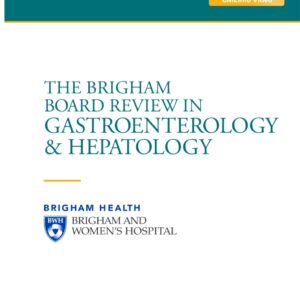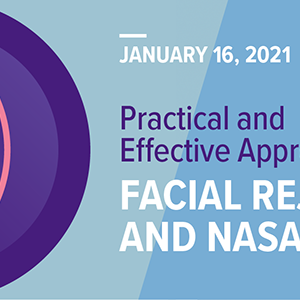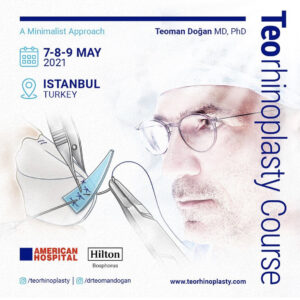Course Breakdown:
Part I: The Basics
In part I of the course, we look at the basics of the electrocardiogram (ECG, EKG). We discuss the cardiac anatomy and circulation, electrical conduction system of the heart, electrodes and vectors, various aspects of the normal cardiac cycle, along with important concepts to be aware of when interpreting a 12-lead EKG.
Part II: Rhythms
In part II of the course, we look at various rhythms. This portion of the book is broken down into sinus, atrial, atrioventricular, and ventricular rhythms. These topics also include the pathophysiology, mechanism, ECG features, and clinical significance of each rhythm.
Part III: Chamber Enlargement
In part III of the course, we discuss various types of atrial and ventricular enlargement. These topics also include the pathophysiology, mechanism, diagnostic ECG features, and clinical significance of each.
Part IV: Conduction Defects
In part IV of the course, we look at various conduction defects – including, different atrioventricular and intraventricular conduction blocks. These topics also include the pathophysiology, mechanism, ECG features, and clinical significance of each.
Part V: Myocardial Ischemia & Infarction
In part V of the course, we look at myocardial ischemia and infarction. This section includes a basic overview of myocardial ischemia, why ECG findings come about in the setting of ischemia, what changes are considered significant, coronary vascular anatomy, how to localize different coronary artery occlusions and clinical significance, various conduction defects that can come about in setting of myocardial infarction, among other ECG findings in certain ischemic conditions.
Part VI: Drugs & Electrolytes
In part VI of the course, we look at the ECG findings seen in common electrolyte disorders and medications. This includes how certain medication work, their clinical importance, and the ECG changes at normal and toxic levels.
Part VII: Artifacts
In part VII of the course, we look at various artifacts, including different types of lead reversals and how to identify them on the ECG.
Part VIII: Inherited Arrhythmia Disorders
In part VIII of the course, we look at certain types of inherited arrhythmia disorders, including their pathophysiology, ECG findings, diagnostic features, and clinical significance.
Part IX: Miscellaneous
In part IX of the course, we look at a number of important clinical conditions and the ECG features that can be seen with each. The pathophysiology and clinical significance is also provided when appropriate.
Part X: Congenital Heart Disease
In part X of the course, we look at various congenital heart diseases. With each topic, we discuss the pathophysiology, ECG features, as well as the clinical significance and prognosis.
The EKG GUY: Ultimate EKG Breakdown Course 2021
$40






